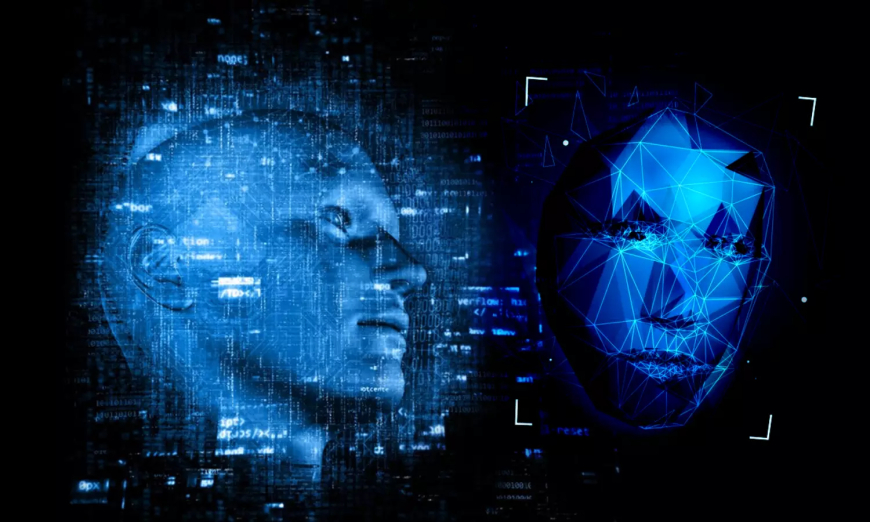AI in the Ballot Box: Can Indian Democracy Withstand the Rise of Digital Campaigning and Deepfakes?
Explore how artificial intelligence is reshaping political campaigns in India. From deepfakes to data-driven digital ads, is Indian democracy prepared for the ethical and legal challenges of AI in politics?

New Delhi, May 29, 2025 — In an age where AI-generated speeches, synthetic video content, and personalized digital targeting are becoming mainstream in politics, India stands at a critical crossroads. The 2024 general elections marked the first time voters witnessed AI-generated campaign content go viral, often faster than it could be verified. With deepfakes now indistinguishable from reality and bots crafting hyper-personalized political messages, the question isn't just about regulation—it’s about survival. Can India’s democratic infrastructure handle this technological onslaught?
The Rise of AI in Indian Politics: Beyond Hashtags and Slogans
Digital campaigning in India has undergone a radical transformation in the last decade. What began as social media posts and WhatsApp forwards has evolved into a sophisticated operation involving AI-generated content, data analytics, and psychographic targeting.
Parties are now leveraging platforms like Jarvis.AI and custom LLMs trained on regional languages to create multilingual campaign speeches, video messages, and even interactive avatars of political leaders.
One of the earliest examples was when a deepfake video of Delhi CM Arvind Kejriwal surfaced during the 2024 campaign season, portraying him endorsing policies he never proposed. Though debunked swiftly by Alt News, the clip had already clocked 1.2 million views.
What Are Deepfakes and Why Are They Dangerous?
A deepfake is a hyper-realistic video, audio, or image generated using deep learning algorithms, often intended to impersonate real people. In political contexts, these can be weaponized to:
-
Spread misinformation or disinformation
-
Damage reputations hours before polling day
-
Manipulate voter perception, especially in low-literacy or digitally naive populations
-
Undermine trust in legitimate media sources
According to a 2024 report by MIT Technology Review, over 78% of AI-generated misinformation during global elections went unflagged by platforms for over 48 hours—crucial time for narrative formation.
Legal Vacuum: No Framework, No Accountability
India currently lacks dedicated legislation to combat political deepfakes or AI disinformation, although certain provisions under the Information Technology Act and IPC are applicable. However, enforcement remains patchy and reactive.
The Election Commission of India (ECI) has yet to define specific AI usage guidelines for parties, although there have been discussions following concerns raised in Parliament.
A proposed framework by the Internet Freedom Foundation advocates:
-
Mandatory watermarking of AI-generated content
-
Real-time disclosures for paid digital political ads
-
An independent Election Technology Watchdog under ECI
The Tech Players Enabling the AI Election Machine
A new breed of political consultancy firms is driving AI integration in campaigns. Companies like PolitAI, MotiveMetrics, and Indian startups like NetaBot now offer services such as:
-
Real-time voter sentiment analysis using machine learning
-
AI-written speeches tailored to hyperlocal audiences
-
Deep learning-based voice and face cloning of political figures
-
Regionally optimized video dubbing using synthetic AI voiceovers
These tools are also being used to simulate mock debates, test voter reactions via behavioral nudges, and even train politicians on neural response prediction.
Voter Manipulation or Empowerment?
While AI promises better engagement and multilingual accessibility, critics warn it also enables subtle voter manipulation. For example:
-
An AI-created message may frame an opponent's policy in negative terms, tailored to local fears or caste sentiments.
-
Influencer bots may flood platforms like X (formerly Twitter) and Koo, distorting trending topics with political propaganda.
-
WhatsApp groups—especially in Tier 2 and Tier 3 towns—have become hotspots for AI-edited clips and altered facts.
Researchers at Carnegie India highlight the lack of digital media literacy as a major vulnerability in India’s otherwise vibrant democratic structure.
What’s Being Done: India’s Regulatory Steps (and Gaps)
So far, the Indian government has introduced:
-
The Digital India Act (draft), which seeks to impose liability on platforms for harmful AI content
-
Enhanced penalties under the IT Rules 2021 (amended) for synthetic media
-
Collaborations with global fact-checking networks like Boom Live and Factly
Yet, none of these specifically address real-time AI content during elections or mandate transparency in political AI tools.
The ECI has announced that it will be launching a pilot AI regulation framework by late 2025, including tools to pre-screen campaign videos for manipulative content.
Global Lessons: How Other Democracies Are Responding
India isn't alone in facing the AI election challenge. The EU has enacted the AI Act, requiring political campaigns to disclose synthetic content explicitly. In the U.S., several states have banned deepfake political ads 90 days before elections.
India can draw lessons by:
-
Establishing publicly available registries of AI-generated political content
-
Training poll observers in AI literacy
-
Empowering civil society to act as digital watchdogs during elections
The Road Ahead: Democracy Must Evolve With Tech
As we move toward the 2029 general elections, AI will likely be even more embedded in campaign strategies. Indian democracy’s survival won’t hinge on banning technology—it will depend on transparent usage, voter awareness, and robust guardrails.
To truly protect democratic integrity, we must invest in digital literacy, hold platforms accountable, and ensure that political parties disclose the use of AI in public communication.
Conclusion
The integration of AI into Indian politics is not inherently dystopian—but the risks are real, and the stakes are high. With the rise of deepfakes and targeted disinformation, India must build both regulatory muscle and civic resilience. Because in the end, it’s not just about who wins the election—it’s about how they win it.


















































